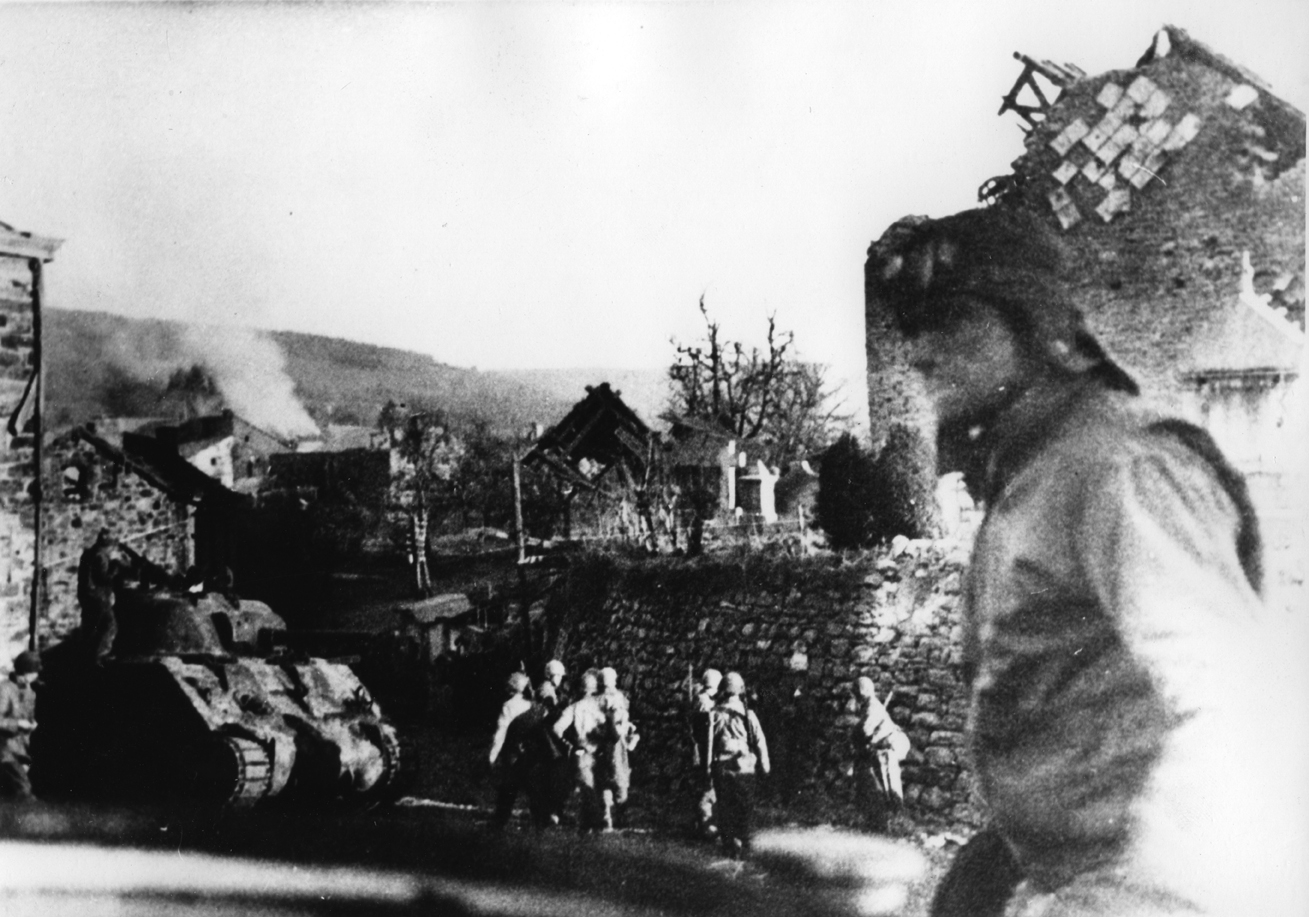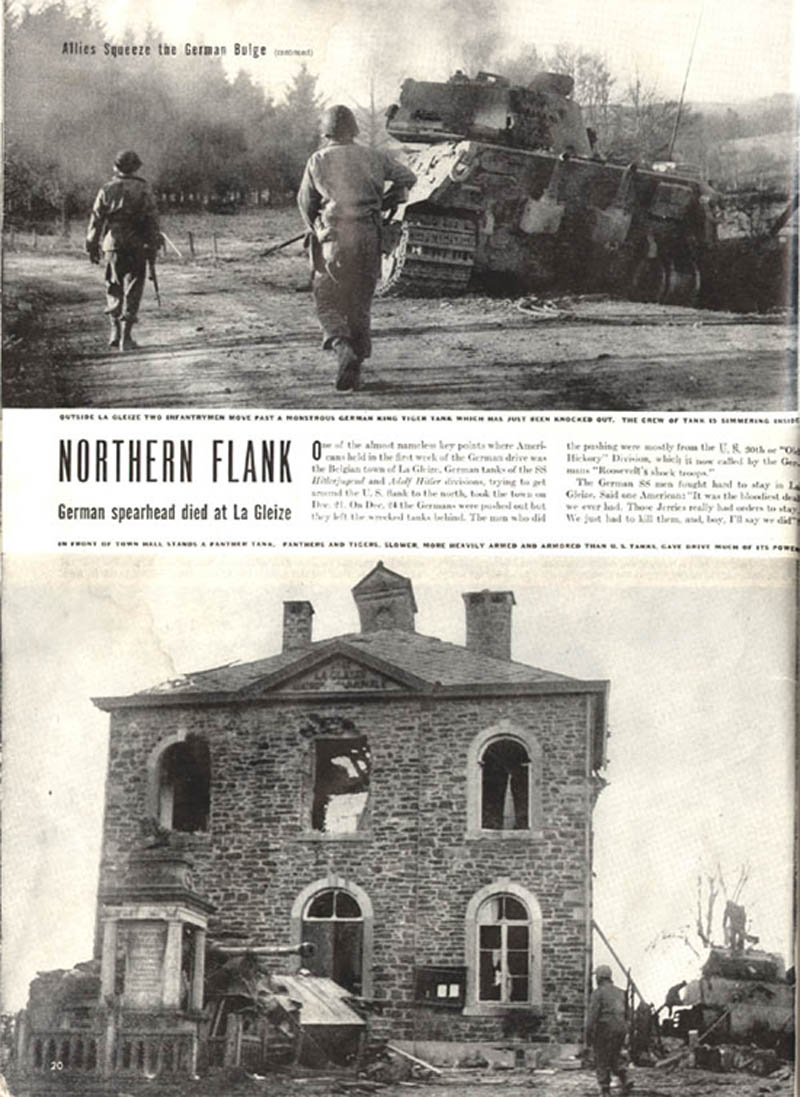
La Gleize is located in the heart of the northern part of the Belgian Ardennes. The December 44 Museum is housed in an historic building in the center of the village. It is dedicated entirely to the Battle of the Bulge, also known as the Ardennes Offensive.
When one thinks about the Battle of the Bulge, it is inevitably about the heroism of the American troops while surrounded at Bastogne. But from the German's point of view, the big push and main effort had to be concentrated in the northern Ardennes forests. Bastogne was only a secondary matter that was to be bypassed without delay, like other resisting forces.
The spearhead of the offensive thus rested on 1.SS Panzer-Division Leibstandarte Adolf Hitler in which the legendary commander, Obersturmbannführer Jochen Peiper command a regiment. Literally "bodyguard division of Adolf Hitler", abbreviated LSSAH or LAH it was one of the elite Waffen-SS units. It held the dual role of protection unit of the Führer and a combat unit. Members of the LSSAH are ingloriously known to have participated in numerous atrocities and war crimes. In particular, its name is associated with the Baugnez-Malmedy massacre.
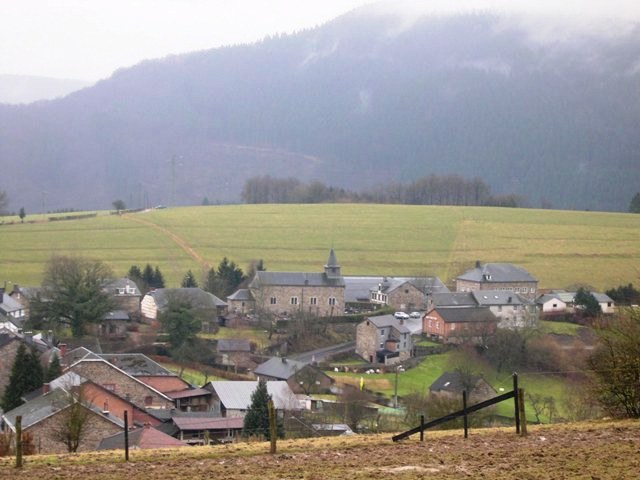
Surrounded by American forces at La Gleize, 800 survivors of the 1st Panzer SS lead by Peiper fled on Christmas Eve, leaving behind 135 armored vehicles including the 69 tons King Tiger which still stands in front of the museum. It is this failure that is considered today as the principal cause of Germany's defeat in the Battle of the Ardennes.
It is often said that if the Americans won the Battle of the Bulge at Bastogne, the Germans lost it at La Gleize.
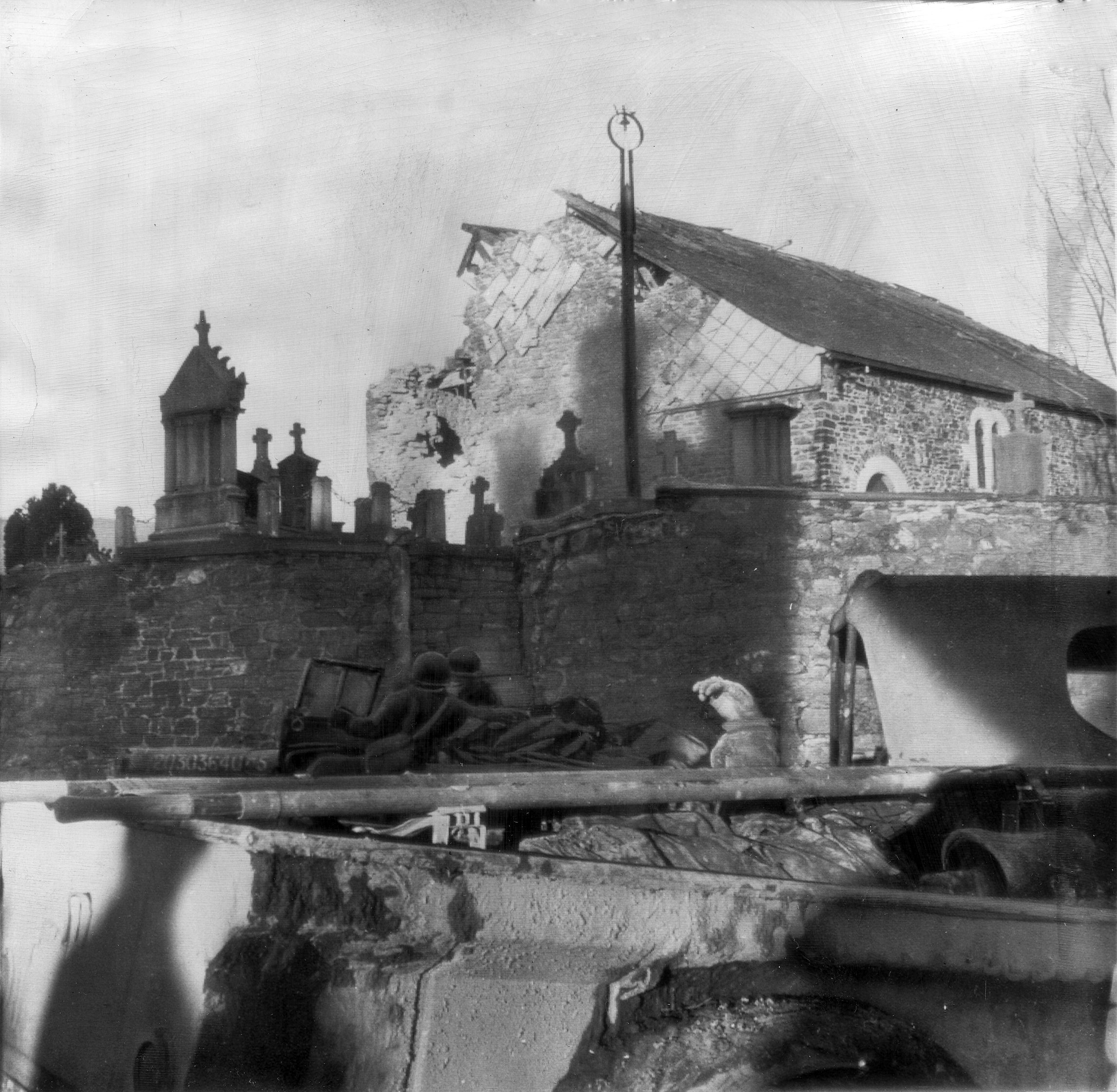
In 1944 the church crypt provided shelter for civilians, and cellars throughout the village sheltered families, occupying SS troops and US prisoners alike during the American bombardment. Peiper allegedly had one of his grenadiers shot for desertion against one of the walls of the church.
The church sustained severe damage during the battle and lost its tower. It was rebuilt in 1951. Directly opposite the church, on the other side of the village square is the December 1944 Museum.
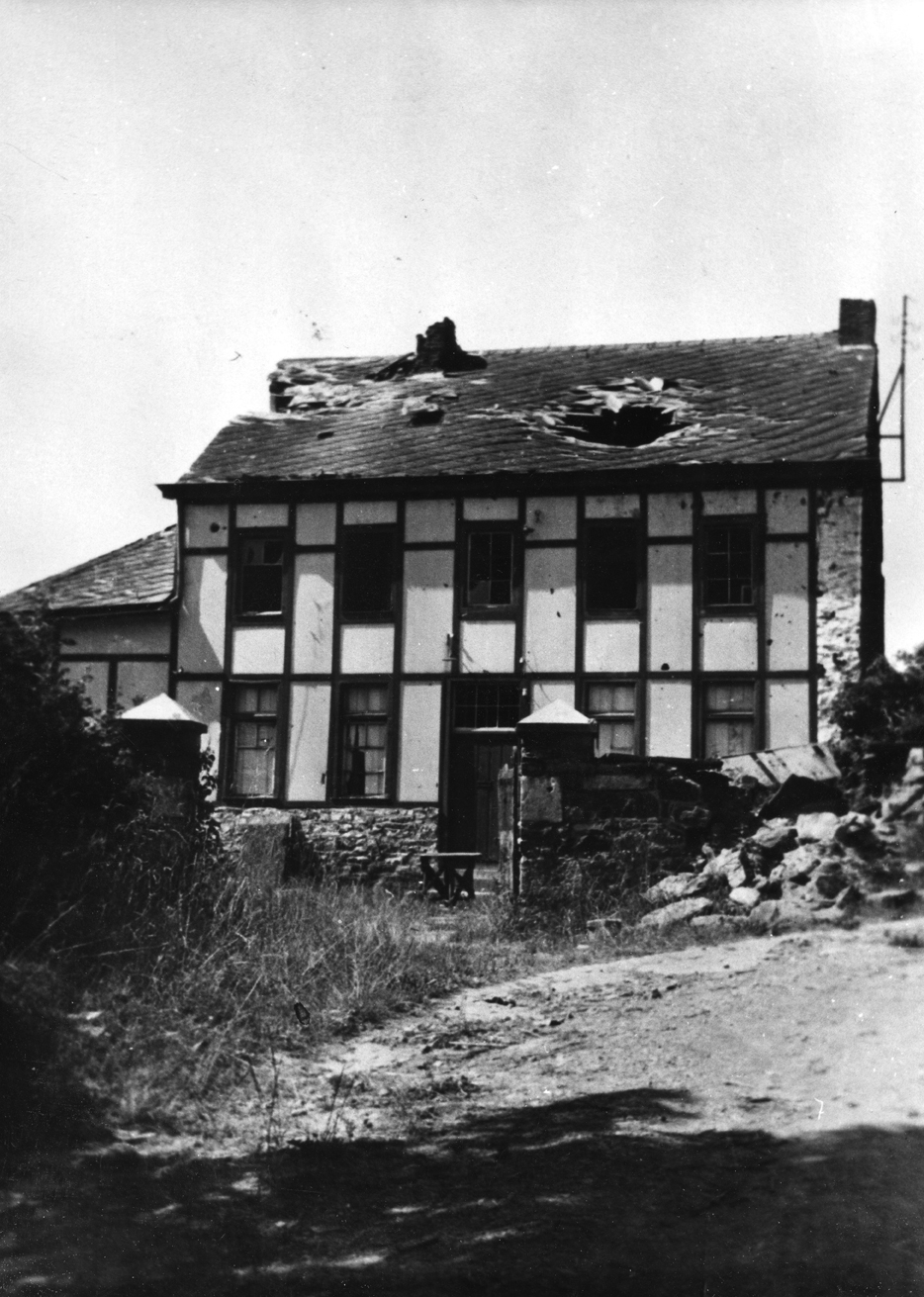
The museum accurately recounts these tragic events and offers the visitors a chance to see one of the most important collections in Europe. The impressive quantity of material was found for the most part in the surroundings of La Gleize.
